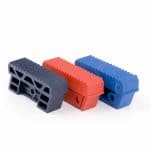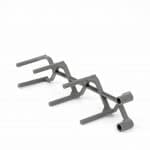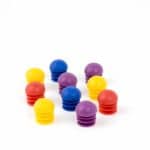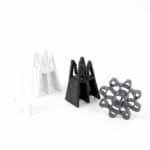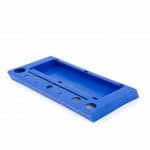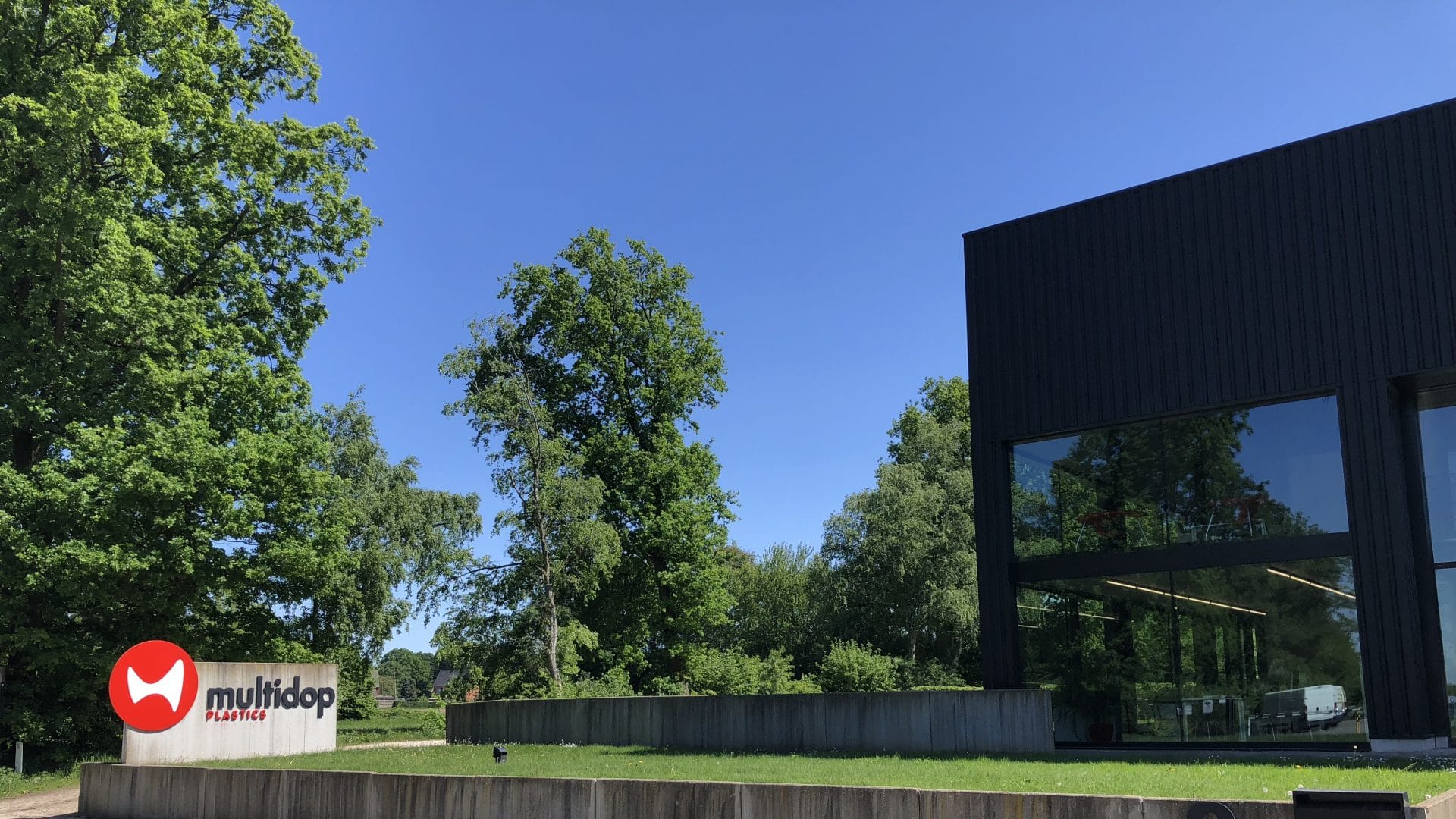What is injection molding?
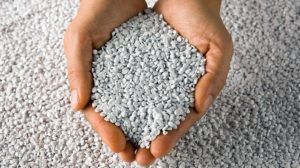 Injection Molding is a manufacturing technology that allows for mass-production of identical parts.
Injection Molding is a manufacturing technology that allows for mass-production of identical parts.
In the plastic injection molding process thermoplastic polymer granules are melted and injected into a mold under big pressure. Once the shot enters the cool mold the liquid plastic solidifies. The MIM process is very alike, except for the material, which is metal powder and the finishing steps; the part needs to be placed in a furnace to make the powders fuse into a solid part.
You might not be aware, but almost every plastic part you see around you was produced with injection molding: From car parts, to toys, to building materials and furniture accessories.
The benefits of injection molding
From simple to highly detailed parts
Design flexibility is one of the major benefits of injection molding. Highly detailed and complex parts can be produced perfectly in a matter of seconds.
Big volumes - fast and at low cost
Once the design and mold are final, the fully automated injection molding process permits efficient mass-production, resulting in a low cost per unit.
Utilize mold inserts to make new parts
You can utilize mold inserts to make new parts. This allows you to change the internal cavity without having to completely redesign and re-machine the aluminum or steel tooling via CNC.
The injection molding process
We’ve created over 1000 custom products for our customers.
Do you have a product idea? We’ll help you with each step of the process: Design, development of the mould, production, assembly and stock control.
Not sure what plastic injection molding is, or evaluating whether to go for 3D-printing instead? We've bulleted it out for you right here.
DESIGN & ENGINEERING
MAKING THE MOULD
PRODUCTION
ASSEMBLY
STOCK CONTROL & LOGISTICS
Injection molding vs 3D-printing?
Advances in 3D printing have made it accessible for smaller scale users and it's a brilliant technology to simplify and speed up prototyping. Quoting Clare Goldsberry from Plastics Today: "3D printing has given industry the ability to 3D print prototypes, allowing designers to perform engineering iterations quickly, and even to produce end use parts. The technology can’t overtake injection molding, however, when it comes to producing hundreds or thousands or millions of parts really fast. The advantages of 3D printing, particularly in the realm of injection molding, are very application and quantity dependent."
So in conclusion, yes, you should definitely consider 3D-printing. One, for prototyping your product and two, if you're only looking to produce a relatively small batch of products.
